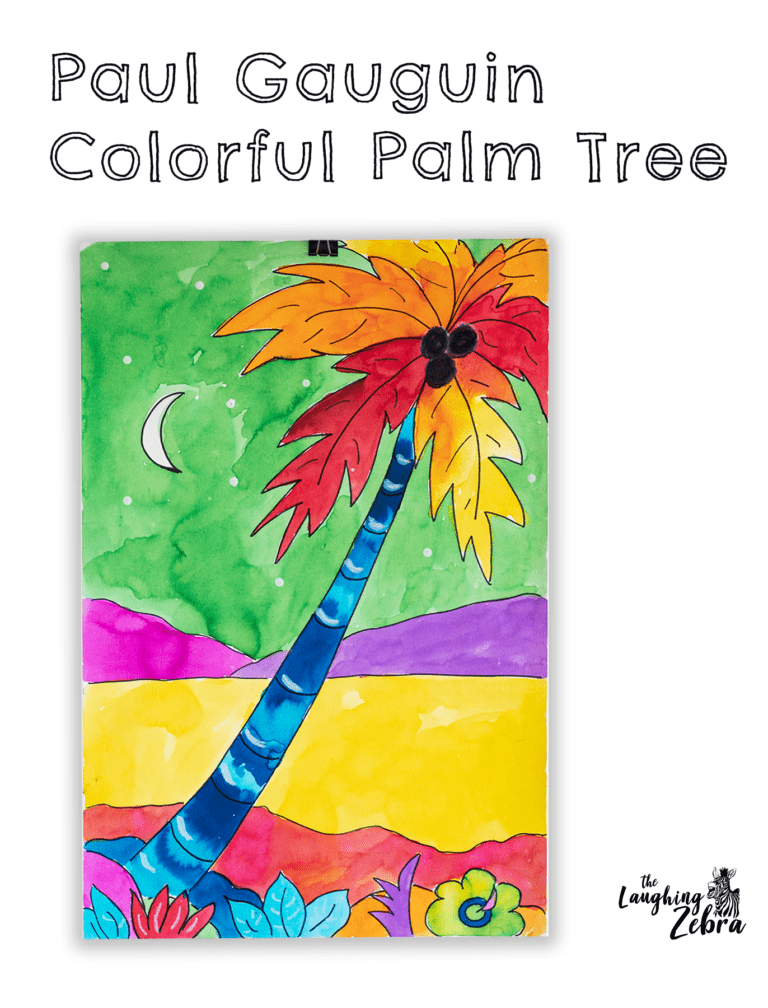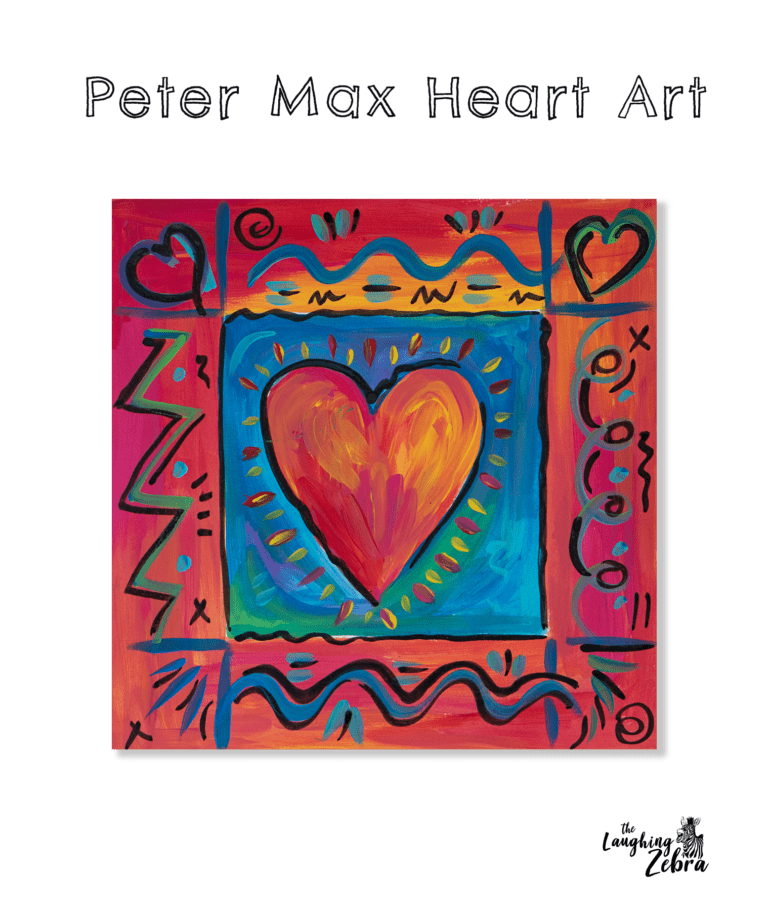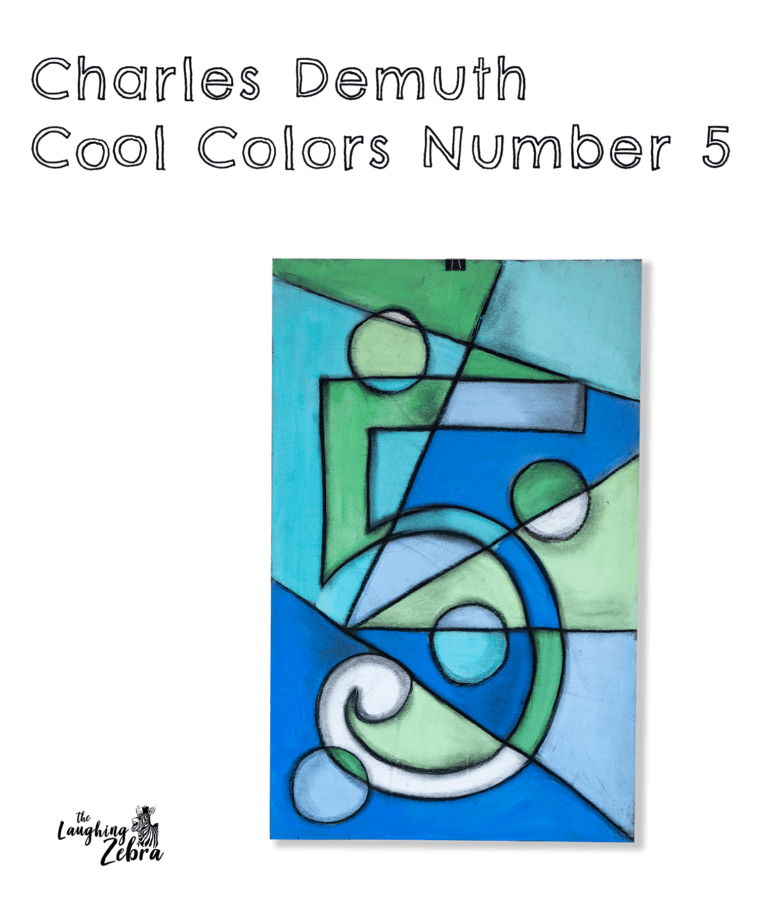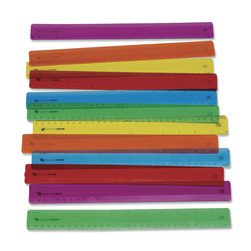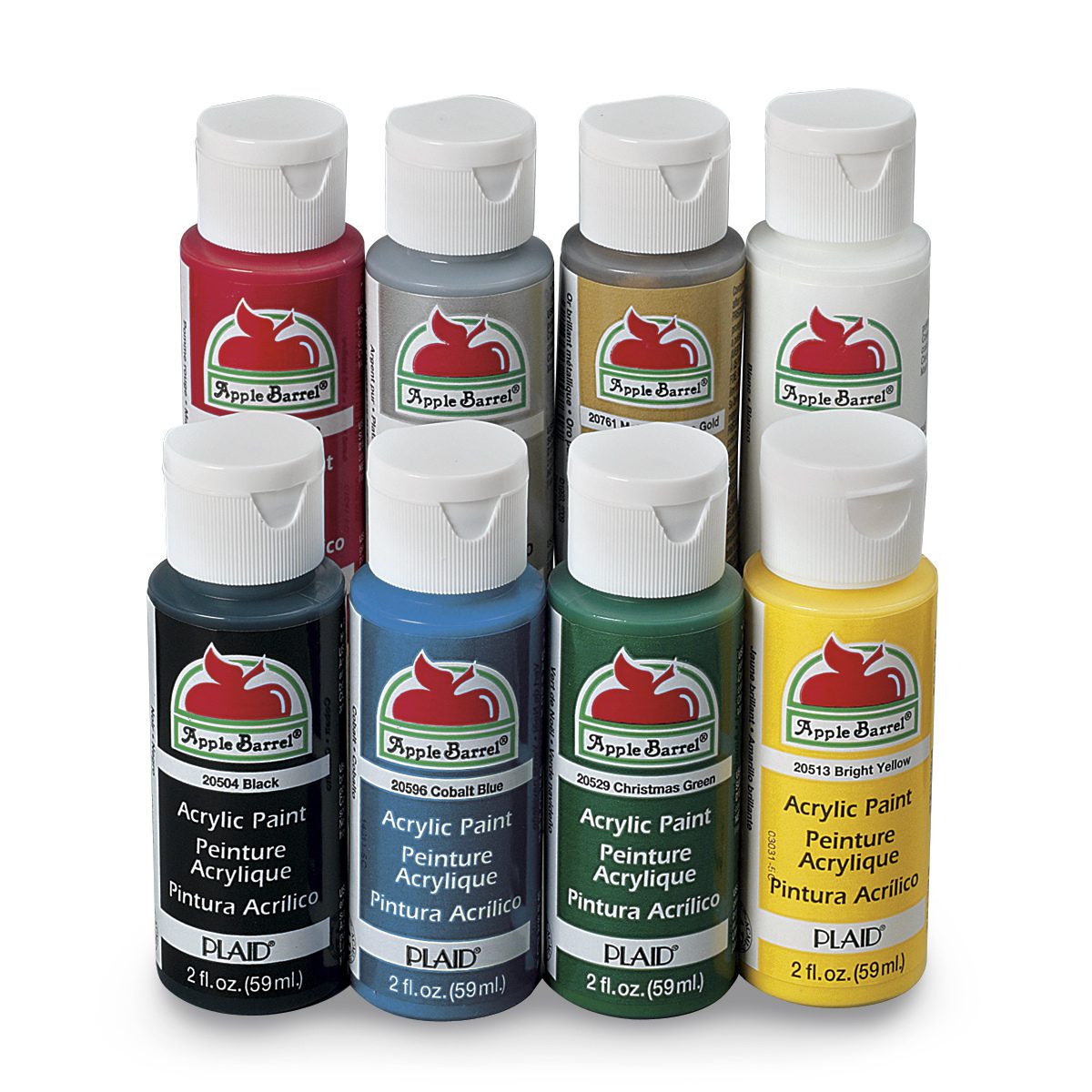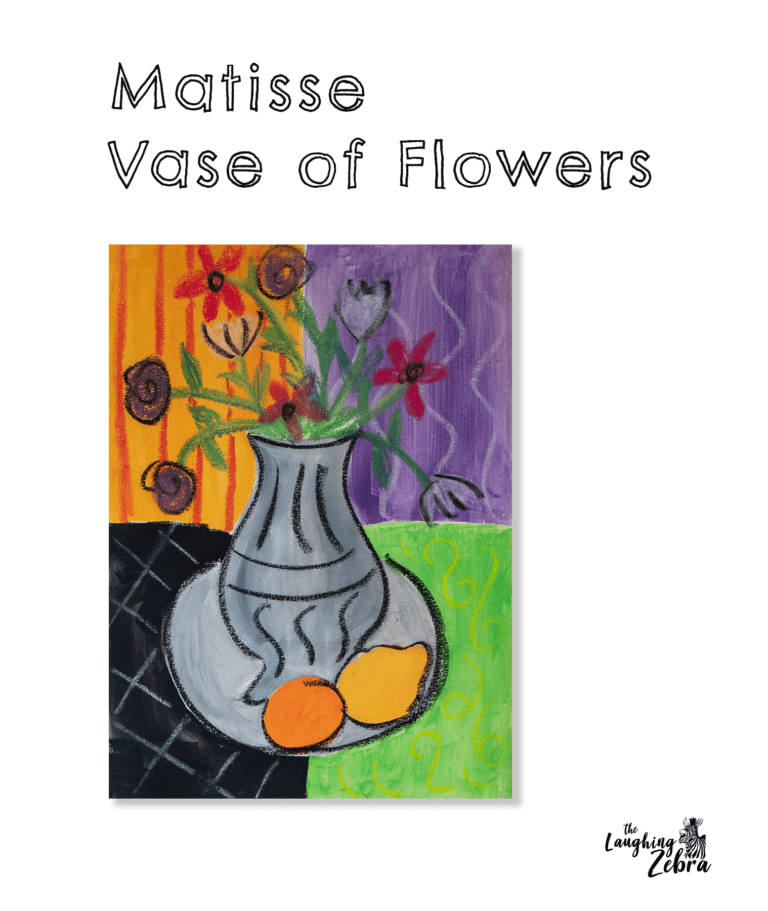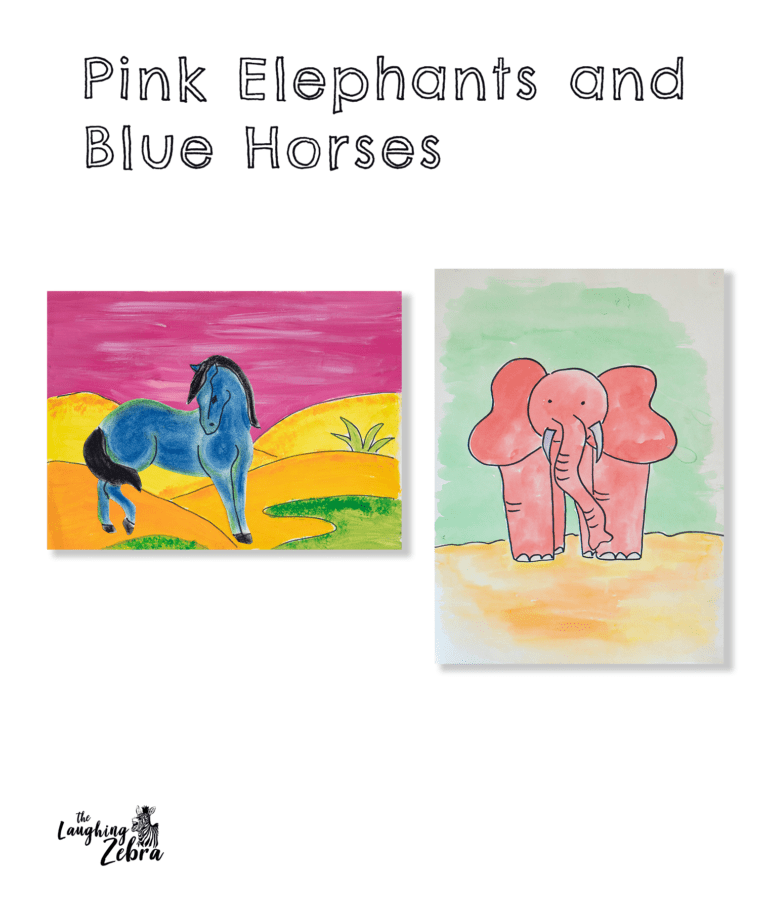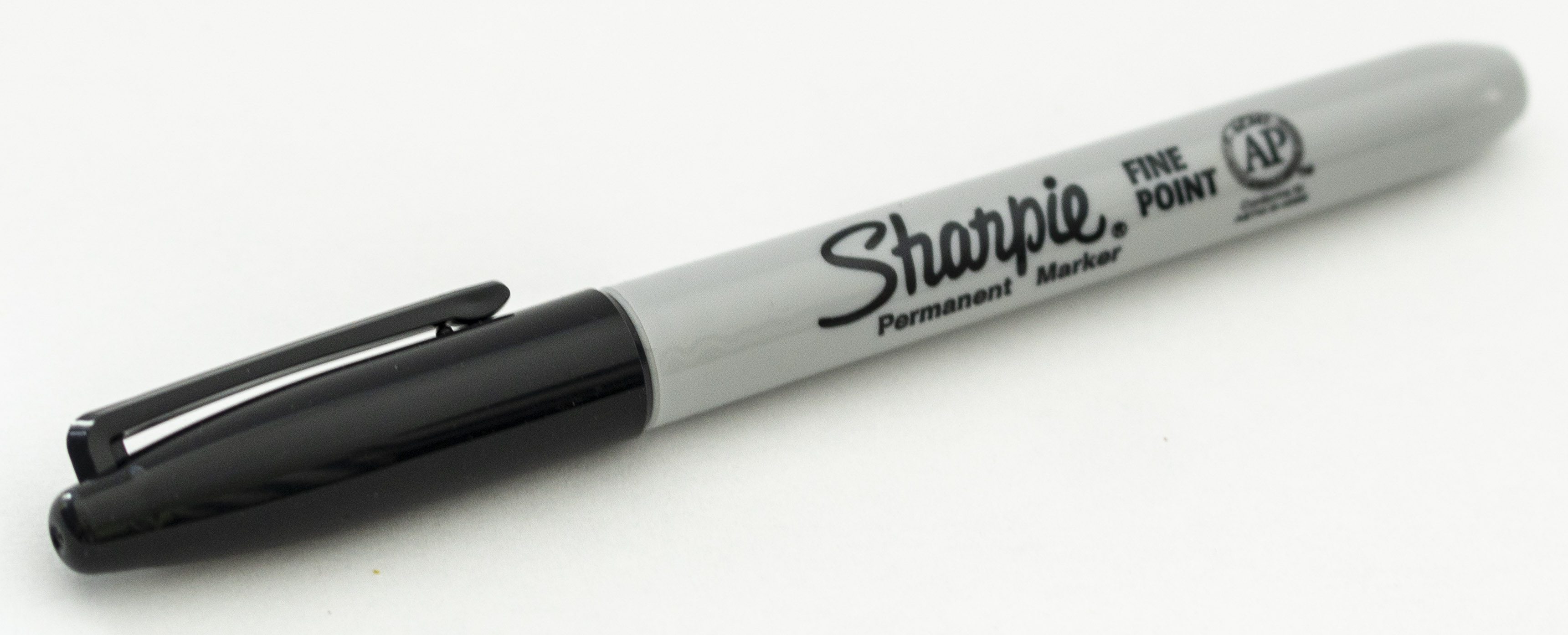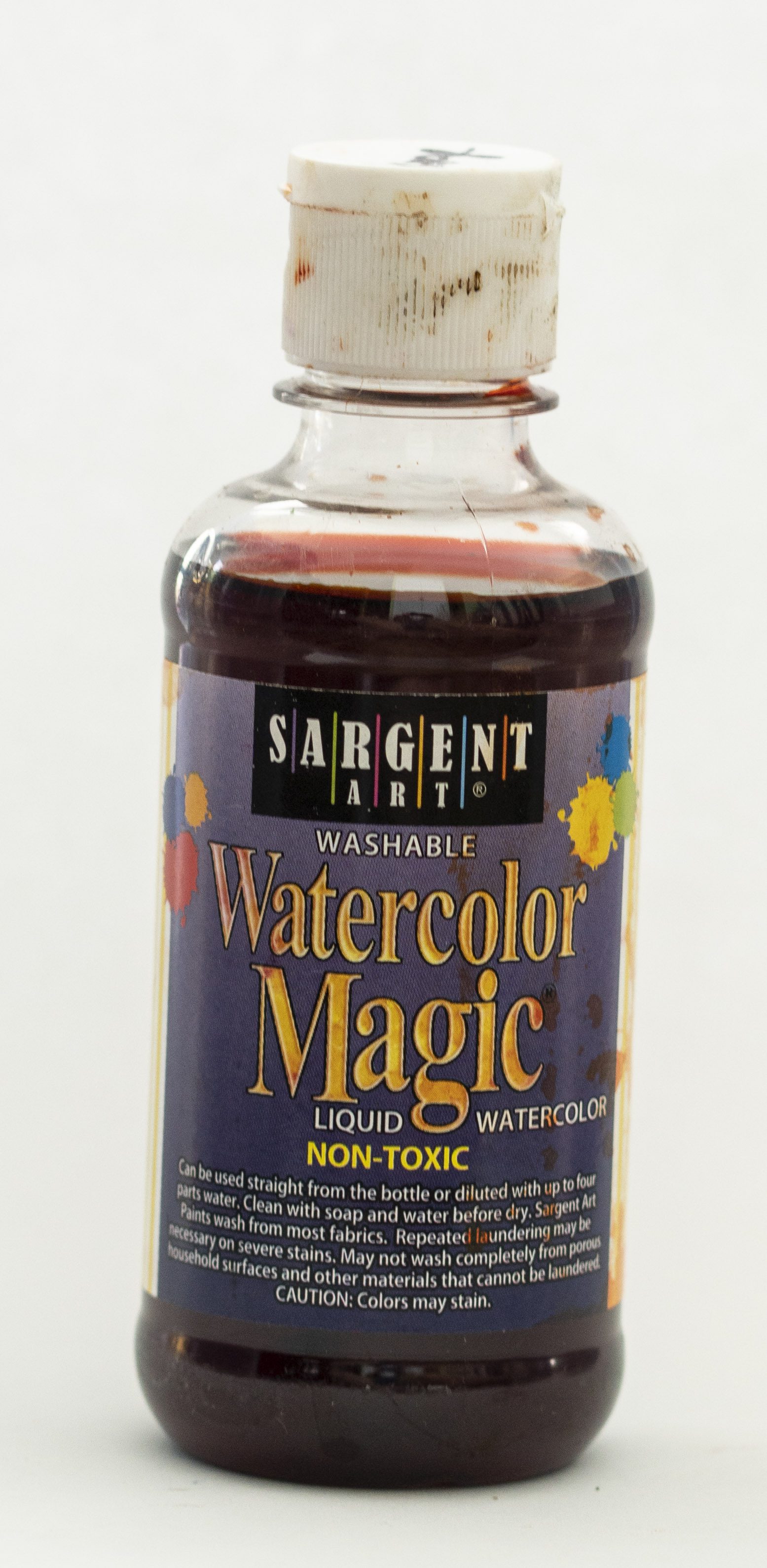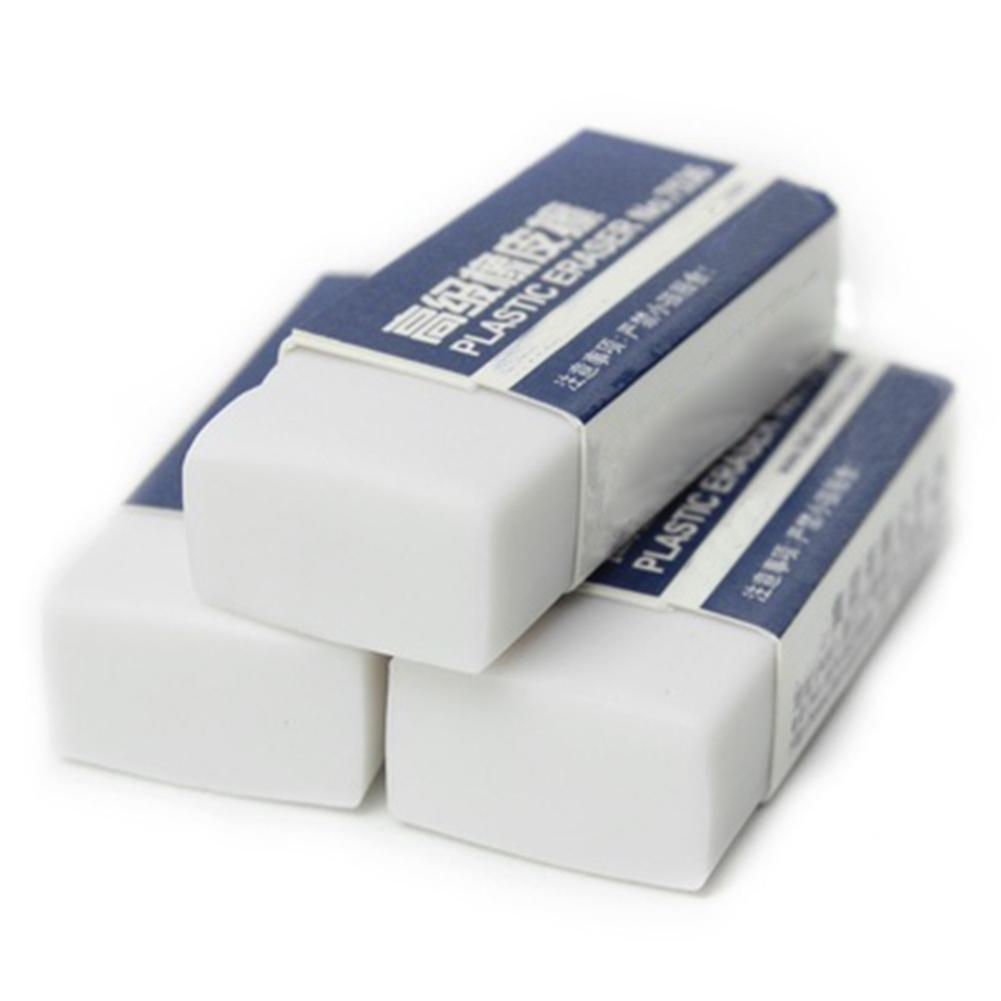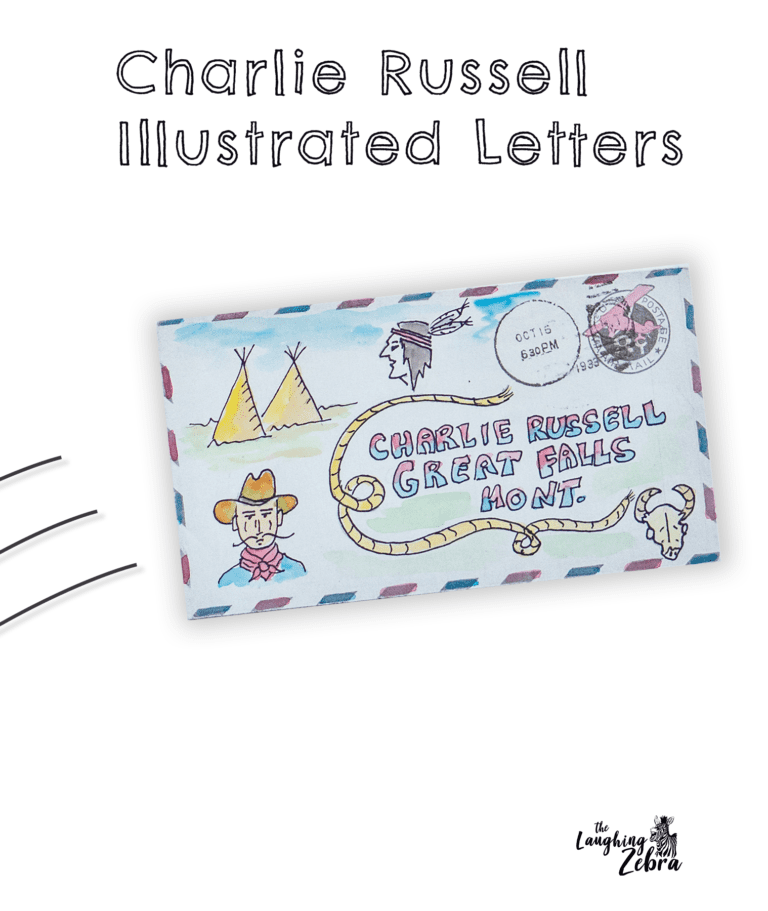
This is the third project I did with my 3rd-6th grade class on Charlie Russell. After watching some youtube videos on Charlie Russell and talking about his life and art, I had the kids illustrate a letter telling someone about him (like he often did when corresponding with friends), using soft watercolors and Western images. They turned out great and the kids really enjoyed this lesson. They decorated the envelopes as well with colored pencils and we mailed them for the final step.
First they did a rough draft on a scratch piece of paper, and then did a final draft on a piece of watercolor paper cut down to a letter size. They drew in some guidelines in pencil to help keep their writing straight. We used a extra fine line Sharpie for outlining the pictures and the writing.
*See my step by step instructions, supply list, and more photos in my upcoming book (click here for more information).
Please refer people back to this site if you use this lesson! 🙂

